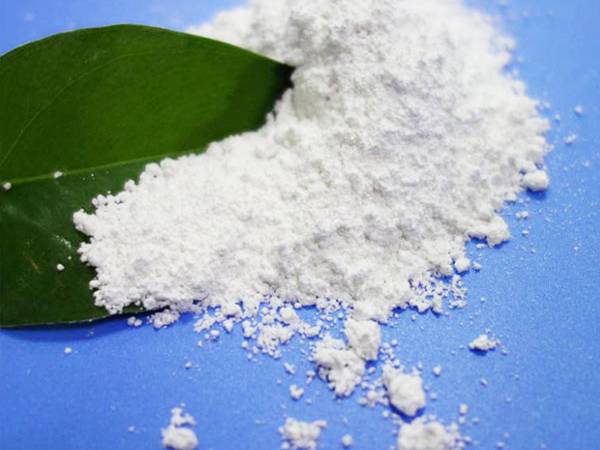



use of caustic soda in soap making
The Use of Caustic Soda in Soap Making
Soap making is both an art and a science, a practice that has been around for thousands of years. One of the key ingredients in the process of creating soap is caustic soda, or sodium hydroxide (NaOH). Understanding the role of caustic soda in soap making not only sheds light on the chemistry involved but also highlights the importance of safety and precision in this beloved craft.
What is Caustic Soda?
Caustic soda is a strong alkaline compound that has numerous industrial and consumer applications. It is highly soluble in water and generates heat when dissolved, making it an essential ingredient in various chemical processes. In soap making, it is used in a process called saponification, where it reacts with fats or oils to produce soap and glycerin.
The Saponification Process
Saponification is the chemical reaction between a sodium hydroxide solution and triglycerides found in fats and oils. When caustic soda is mixed with water, it dissociates into sodium ions and hydroxide ions. This solution then interacts with fatty acids in the oils, leading to the formation of soap molecules. The general formula for this reaction can be represented as follows
\[ \text{Fat/oil} + \text{NaOH} \rightarrow \text{Soap} + \text{Glycerin} \]
The beauty of soap lies in its molecular structure. Soap molecules have a hydrophilic (water-attracting) head and a hydrophobic (water-repelling) tail, enabling them to encapsulate dirt and oil allowing for effective cleaning.
use of caustic soda in soap making

Importance of Caustic Soda in Soap Production
Caustic soda is crucial for the successful production of soap. It allows for the transformation of fats and oils into bath products that cleanse and nourish the skin. The amount of caustic soda used can determine the hardness of the soap, its lathering ability, and its moisturizing properties. Therefore, precise measurements are vital.
In cold process soap making, for example, soap makers calculate the precise amount of caustic soda required for the type and quantity of oils being used. This careful balance ensures that all the lye is consumed in the reaction, resulting in a finished product that is safe for skin use. A soap that contains residual lye can be harsh and irritating, making the accurate measurement of caustic soda critical.
Safety Considerations
While caustic soda is an effective agent in soap crafting, it must be handled with care due to its corrosive nature. Safety gear, such as gloves and goggles, is essential when working with this chemical. Accidental splashes can cause severe burns or damage to the skin. Furthermore, it's crucial to add caustic soda to water and not the other way around, as the reaction is exothermic and can result in splattering if not done correctly.
Conclusion
The use of caustic soda in soap making is indispensable for both its functional and aesthetic qualities. As soap makers combine this strong alkali with various oils, they engage in a chemical process that transforms simple ingredients into luxurious, cleansing bars. While the art of soap making is rewarding, it requires not only creativity and knowledge of ingredients but also an understanding of chemical interactions and safety protocols. By respecting the properties of caustic soda and adhering to precise measurements, soap makers can create beautiful and effective products that cater to the needs of different skin types and preferences. Thus, caustic soda remains a cornerstone of modern soap making, bridging the gap between ancient traditions and contemporary practices, and ensuring that this craft continues to thrive.
-
Why Sodium Persulfate Is Everywhere NowNewsJul.07,2025
-
Why Polyacrylamide Is in High DemandNewsJul.07,2025
-
Understanding Paint Chemicals and Their ApplicationsNewsJul.07,2025
-
Smart Use Of Mining ChemicalsNewsJul.07,2025
-
Practical Uses of Potassium MonopersulfateNewsJul.07,2025
-
Agrochemicals In Real FarmingNewsJul.07,2025
-
Sodium Chlorite Hot UsesNewsJul.01,2025










